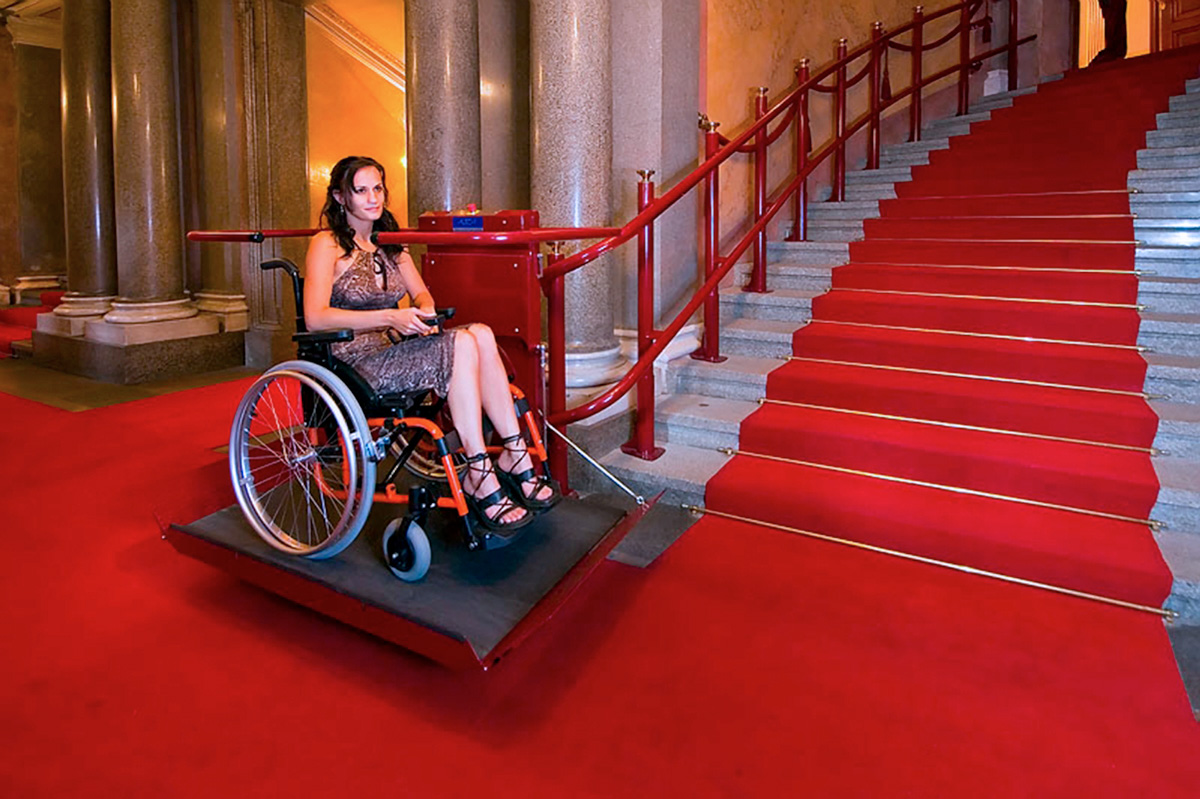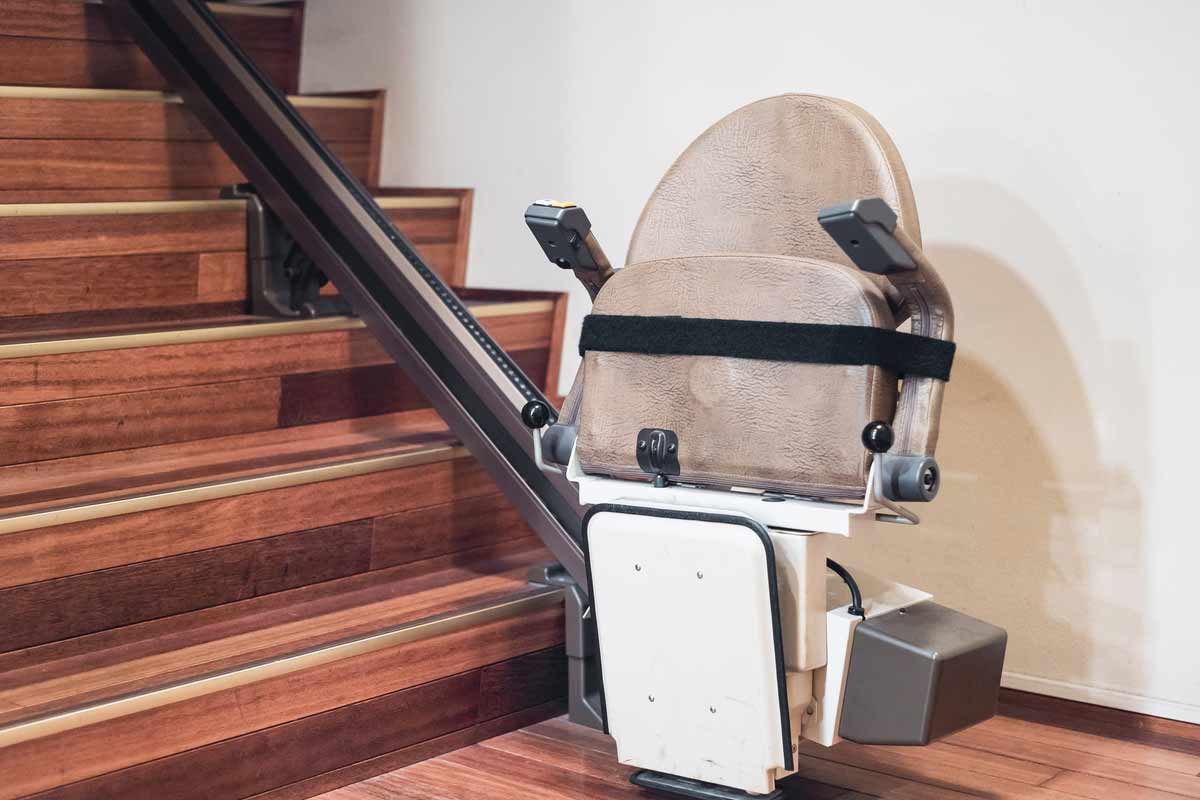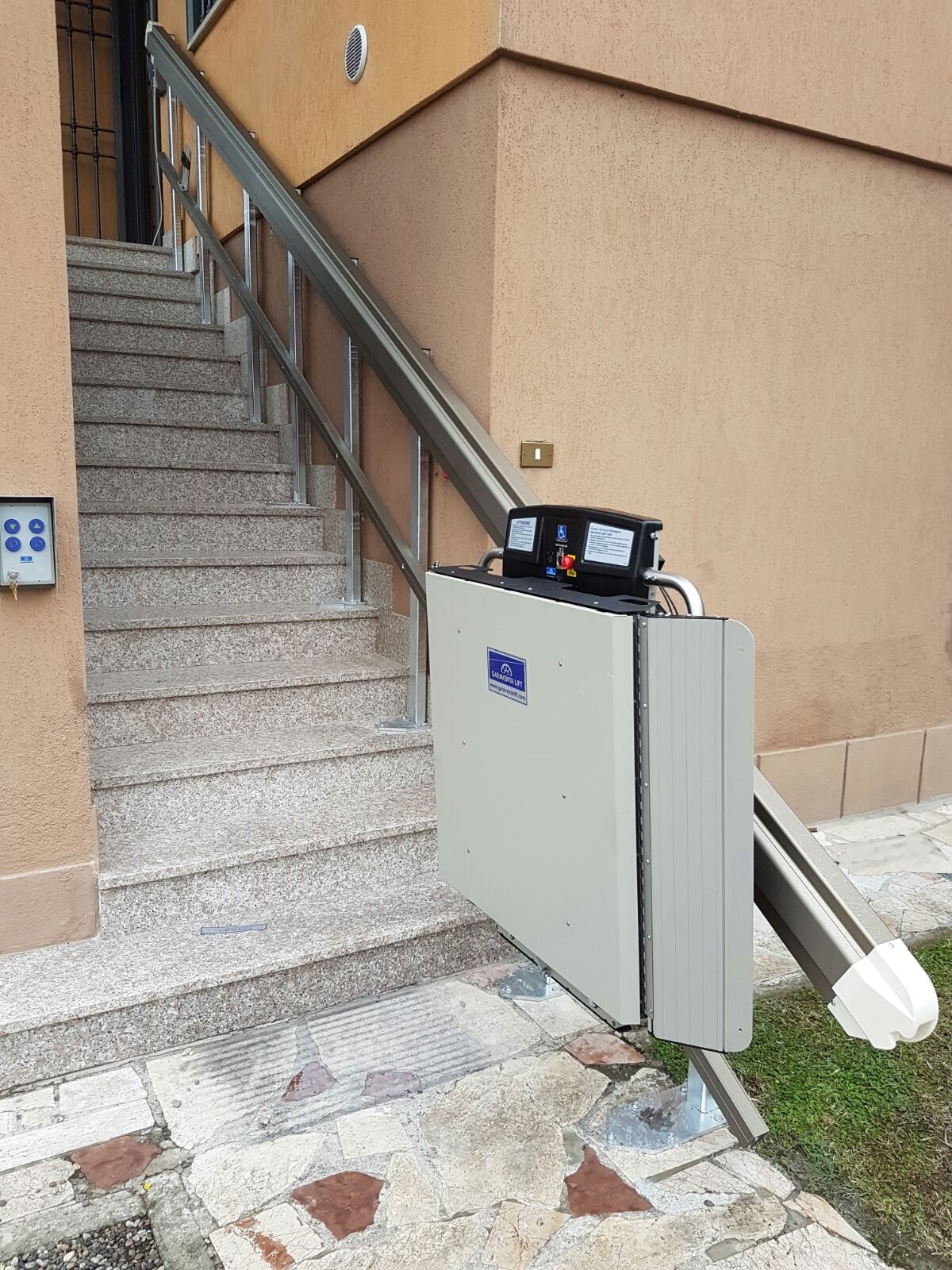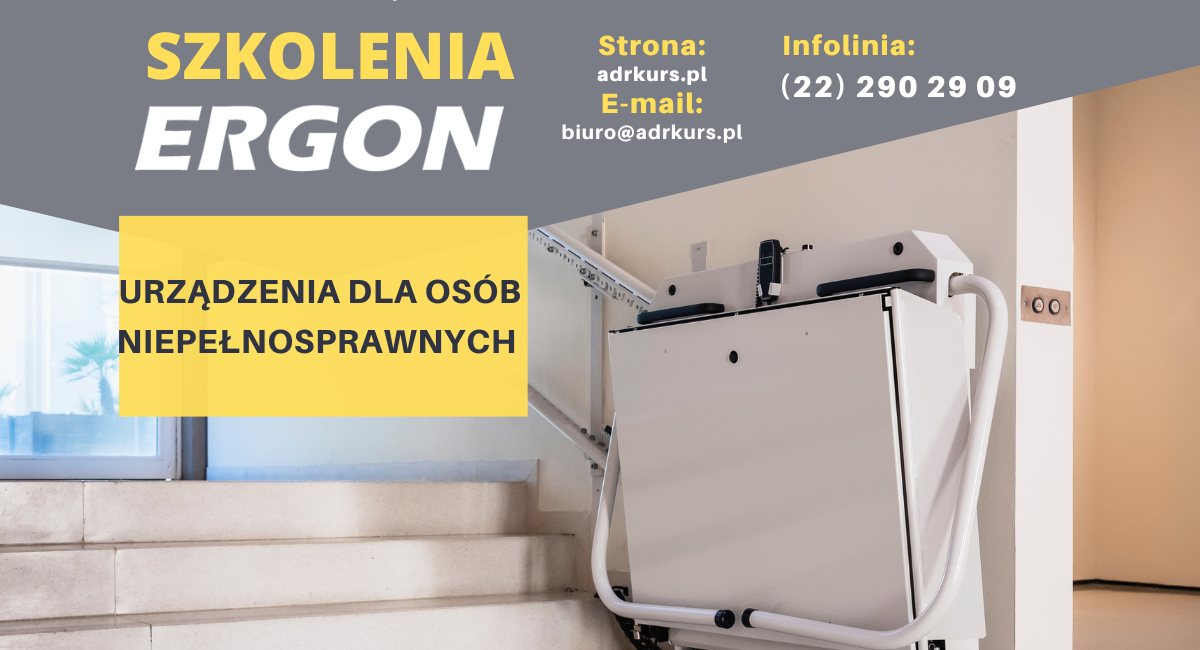Course in equipment maintenance for the disabled

You are cordially invited to a training course in the maintenance of equipment for people with disabilities, which takes place in ERGON Centre for Staff Improvement. According to current building regulations, the maintainer of these facilities must have special UDT authorisationsas they are classified as handling equipment. The removal of architectural barriers (e.g. stairs, thresholds, narrow doorways), in the case of people with disabilities, is achieved by adapting building structures so that these people can move around easily. Technical devices that assist limited mobility consist of a lifting mechanism and a loading base. They are hydraulically or electrically driven and have:
- pressure-sensitive barriers or light curtains to prevent collision with the appliance, elements of the appliance shaft or stairs,
- fully operational buttons to stop the carrier,
- a speed of travel of no more than 0,15 m/s,
- a fragmentarily enclosed load carrier.
Types of stairlifts
Stairlifts are devices mounted inside or outside a building at the stairs. They move in an inclined plane between two or more levels. They can easily be disassembled when stationary. There are different design variations of stairlifts, these include:
- inclined platforms - move a person in a standing position or in a wheelchair along stairs; their horizontal and flat loading base allows wheelchair access,
- chairlifts - move people in a seated position on a folding chair with which the device is equipped.
Vertical transfer platforms

Vertical transfer platforms are installed indoors and outdoors to serve up to several landing levels. They are capable of carrying a much higher load than stair lifts. The platforms are equipped with chain, hydraulic or screw drive, while their design and dimensions allow a disabled person in a wheelchair to pass together with a carer. These devices are subject to technical supervision and should be maintained in accordance with their intended use and operating instructions.
Responsibilities of the platform operator
- The operator is obliged to provide the equipment with operating instructions prepared by means of an operating manual, which must then be made available to the user.
- If maintenance intervals are not specified in the unit's operating instructions, they must be determined by yourself based on the frequency of use of the unit.
- All maintenance must be recorded and kept in a maintenance logbook kept by the operator.
- The operator, in order to maintain the equipment safely, is obliged to ensure proper maintenance in accordance with the applicable requirements. Maintenance must be carried out at least on the dates specified in the decree of the Minister of Entrepreneurship and Technology of 30 October 2018.
Training programme
The training courses are conducted by a staff of specialists with many years of training experience. We do our best to ensure that trainees not only receive the knowledge to become certified in their chosen category, but that this knowledge makes life easier for them in their daily work as a maintenance worker. With this in mind, all our training programmes are created with the most important practical information in line with current requirements. The course consists of a practical part (exercises) and a theoretical part (lectures). Our experienced instructors impart all their knowledge to future maintenance workers in an active and accessible manner.
In our training, trainees will acquire knowledge of, among other things:

- principles of first aid and occupational health and safety in the event of accidents or emergencies,
- the duties that belong to the maintainer of equipment for the disabled,
- footnotes with a view to the maintenance of handling equipment,
- the construction of hydraulically and electrically powered equipment,
- types of platforms used to transport people with disabilities,
- the most common faults that occur during operation.
After the lectures, the trainees take an active part in practical classes. During these, they become familiar with the construction of the platforms, learn how to repair the most common faults and learn about the principles of safety in operation. At the end of the training, the trainees take a state examination, the successful completion of which will enable them to obtain an UDT licence. This will enable participants to take up employment as maintenance technicians for handling equipment in companies specialising in repairing this type of machinery.
Requirements of trainees
The requirements for enrolling on the Disabled Facilities Maintenance course are:
- completion of 18 years of age,
- at least primary education,
- a statement that there are no health conditions for the post.
Information on training
Classes are held at our branches throughout the country. We also organise open classes for closed groups with travel to the client. Training courses are organised according to the current information on our website. The main objective of our company is to provide customers with training services of the highest possible quality. Qualified methodologists and lecturers with many years of practice take care of the quality of training and the satisfaction of trainees in our facilities, which are located in Warsaw and other regions of Poland.





































